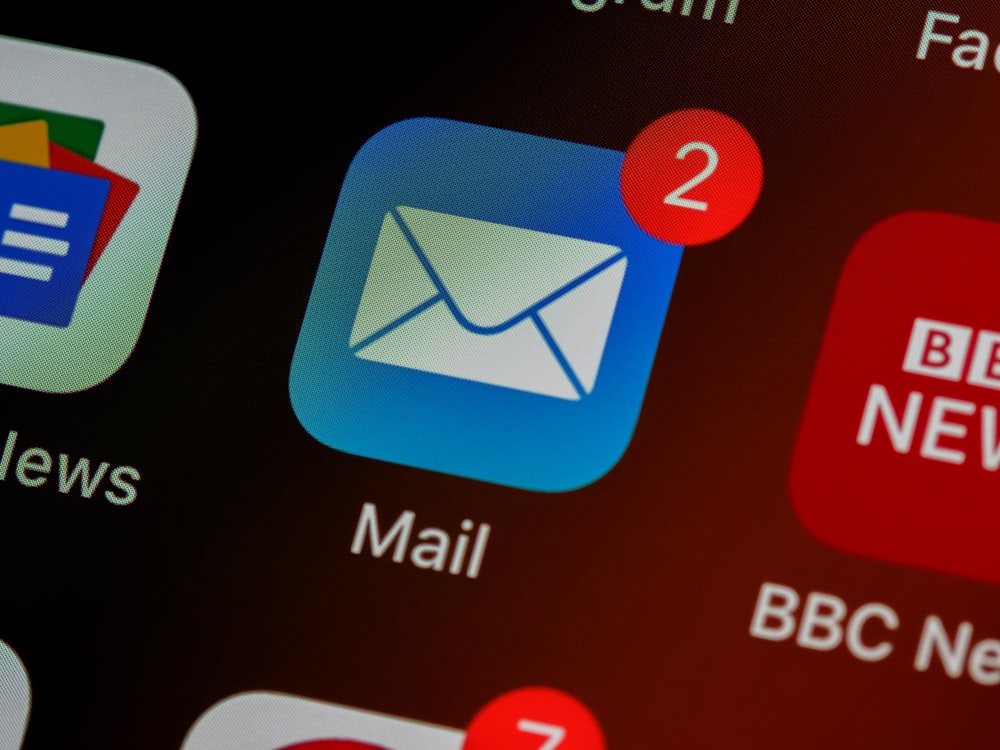Cold Email Best Practices
Cold emailing can be incredibly effective, but only when done right. Blasting generic messages to large lists is a recipe for low response rates and damaged sender reputation. Following best practices ensures your outreach is respectful, relevant, and actually gets results.
Key Pillars of Effective Cold Emailing
- Targeted Prospecting: Don't email everyone. Identify your Ideal Customer Profile (ICP) and build highly targeted lists of prospects who genuinely fit. Quality over quantity is crucial.
- Deep Personalization: Go beyond `{{first_name}}`. Reference their company news, recent achievements, shared connections, or content they've created. Show you've done your homework.
- Compelling Value Proposition: Clearly articulate the specific problem you solve and the benefit you offer *for them*. Focus on their needs, not just your features.
- Clear Call to Action (CTA): Make it easy for them to respond. Start with low-friction asks (e.g., "Is this relevant?", "Open to a quick 10-min chat?") rather than demanding a demo immediately.
- Focus on Starting Conversations: The goal of the first email isn't usually to make a sale, but to start a dialogue. Aim for engagement and relationship building.
- Persistence Through Follow-ups: Most responses come after multiple touches. Plan a sequence of 3-5 value-added follow-up emails, spaced appropriately (e.g., 3 days, 5 days, 7 days).
- Compliance & Respect: Adhere to regulations like CAN-SPAM and GDPR. Include an easy unsubscribe option and respect recipient preferences. Never use misleading subject lines.
- Continuous Testing & Optimization: A/B test subject lines, CTAs, email copy, and sending times to constantly improve your approach based on data.
- Maintain Sender Reputation: Monitor deliverability, keep bounce rates low, and authenticate your domain (SPF, DKIM, DMARC) to ensure your emails reach the inbox.
By adhering to these best practices, you shift from intrusive spammer to helpful resource, dramatically increasing your chances of building valuable business relationships through cold email.
Advanced tips
- Write like a human: Short sentences, simple words, and a respectful tone outperform hype.
- One CTA per email: Don’t split attention. Ask for a reply or a quick yes/no, not a menu of actions.
- Right-sized follow‑ups: Add value each time—case snippet, resource, or question. Never guilt recipients.
- Test lightly, decide decisively: A/B test small changes. Roll out winners and archive the rest.
What to avoid
- Misleading subjects, fake re/fwd threads, or fabricated familiarity.
- Image‑only emails or link‑heavy templates for cold audiences.
- Over‑personalization that risks errors or feels intrusive.
- Ignoring unsubscribe signals or burying opt‑outs.
Key takeaway
Cold email works when it’s relevant, honest, and consistent. Target precisely, keep messages simple, and pace sequences thoughtfully. Over time, this approach compounds replies and relationships while protecting deliverability.



